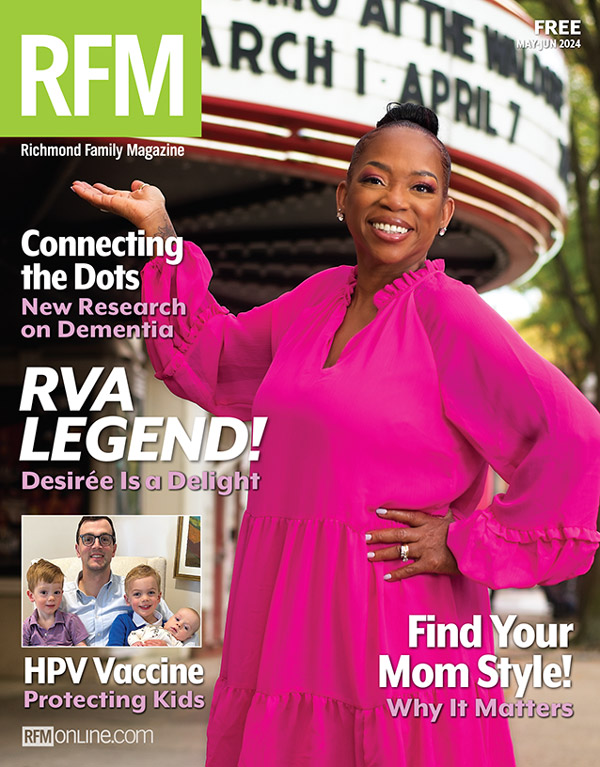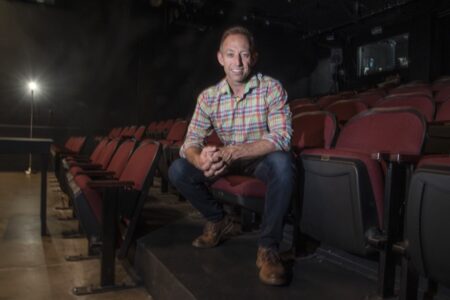A new system to improve emergency response will change the way Richmond callers provide information to 911 beginning today.
The Richmond Department of Emergency Communications went live with the new protocol system at 10 a.m. on Oct. 10.
With the new system, the department’s 911 call-takers will follow a structured decision tree when questioning those who call or text 911 for emergency assistance. This system assists in making sure that the right response is sent as quickly as possible. It also makes sure that responders get the updated information they need while en route and that callers receive consistent, clear instructions on what to do until the responders arrive to keep everyone safe.
“It is very important that callers understand that this standard for questioning does not slow down the response in any way,” said Stephen Willoughby, director of the Department of Emergency Communications and coordinator of emergency management for the City of Richmond.
“Just as before in emergencies, we will dispatch police officers and firefighters as soon as we know the location of the emergency and the type of help needed,” Willoughby said. ‘It is important that callers stay on the line and answer the questions in the order they are asked to provide additional information and get vital instructions that could save a life.”
Information that callers provide is automatically sent to dispatchers and first responders, usually while they are on the way to the location of the emergency. Depending on the type of emergency, callers may be asked for descriptions of people, vehicles and weapons involved to help first responders know what to expect once they are on scene and to help solve crimes. Call-takers also provide pre-arrival instructions to help the caller and bystanders assist themselves and others and to reduce threats.
With this system, call-takers and dispatchers follow nationally recognized standards and research-based protocols that are continually reviewed and updated by top medical professionals and associations, according to the private company providing it, Priority Dispatch.
Call-takers and dispatchers of the Department of Emergency Communications received extensive training with the Priority Dispatch System™ and continual quality improvement. All emergency dispatchers who work on the new system are certified by the International Academies of Emergency Dispatch® (IAED™) and must recertify every two years, complete 24 hours of continuing dispatch education and pass all requirements for IAED recertification.
“At the IAED, our goal is to help the emergency dispatcher do his or her job better,” said Jeff Clawson, chair of the Rules Committee for the IAED Medical Council of Standards. “This system increases safety and effectiveness for the first responders and creates better outcomes for callers.”







